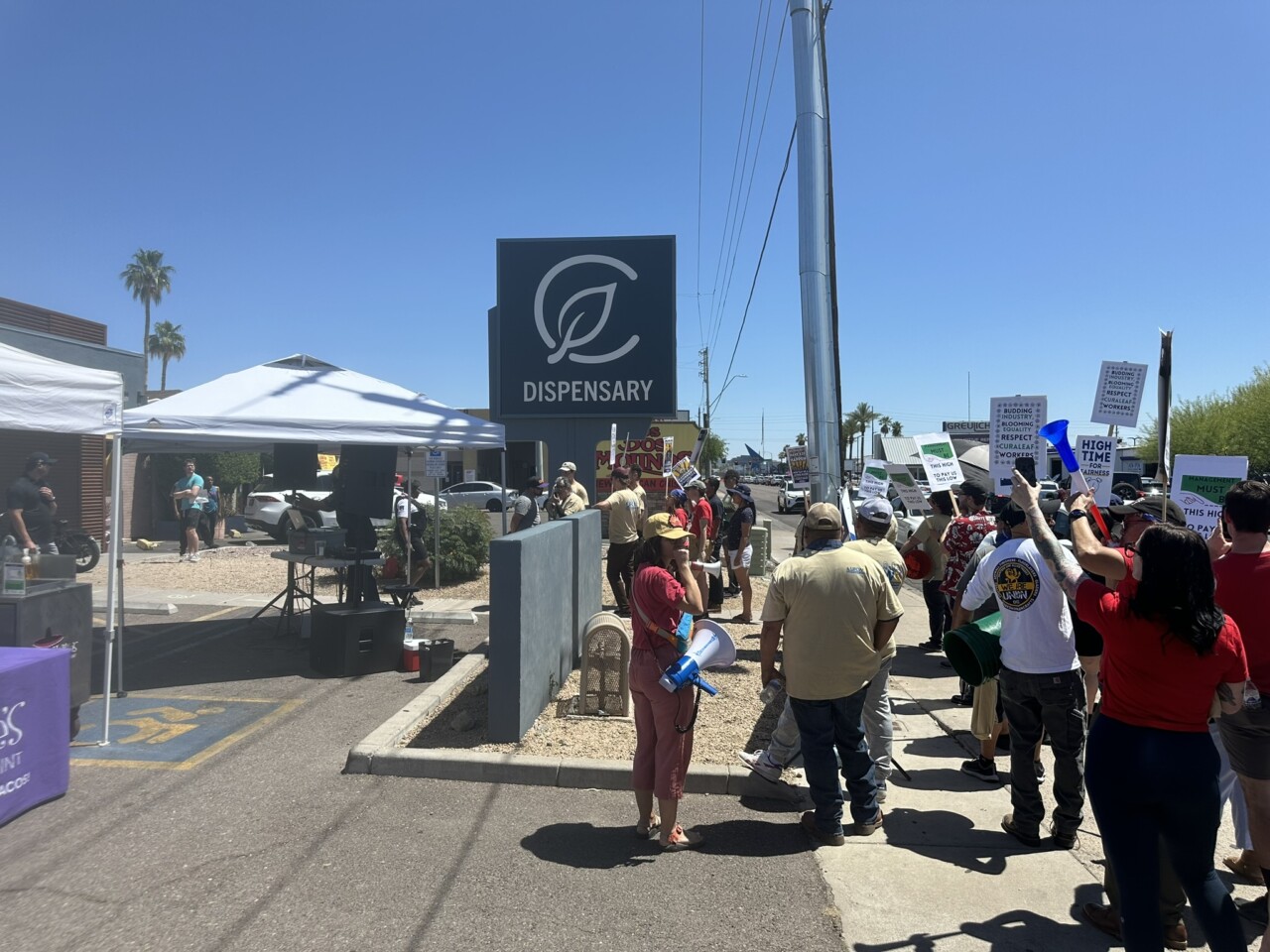Driving under the influence of any motor skill-inhibiting substance, whether it comes from a flask, a bong or a prescription bottle, is both illegal and dangerous.
While the scientific and law enforcement communities generally agree about what constitutes “impairment” under the influence of alcohol, a similar consensus on what determines a driver’s sobriety under the influence of marijuana remains elusive.
As the national tide shifts ever closer to legalizing recreational marijuana use, law enforcement officials are grappling with how to apply existing driving under the influence laws to drivers who are high. However, the imprecise approach some states use in implementing these “drugged driving” laws has created an environment which is potentially subject to abuse by law enforcement and with questionable benefit to public safety.
The lack of consensus on how to identify marijuana-impaired drivers will be an ongoing concern as the nation’s marijuana laws and consumption practices evolve.
In a 2013 report in the Humboldt Journal of Science Relations, NORML Deputy Director Paul Armentano warned that enforcement of so-called “per se” drugged driving laws, under which drivers can be convicted of a traffic safety offense for operating a motor vehicle with even trace amounts of THC or metabolites found in their bodily fluids, “may inadvertently become a criminal mechanism for law enforcement and prosecutors to punish those who have engaged in legally protected behavior and who have not posed any actionable traffic safety threat.”
Eighteen states have such per se laws, which means if a driver is pulled over and ultimately arrested on suspicion of DUI, they could be subject to additional criminal charges if their bodily fluid tests positive for a pre-determined amount of THC or its metabolites.
This effectively eliminates the state’s requirement to prove a driver is actually impaired, as failing a field sobriety test would, relying instead …read more
Source:: Weed Feed







Leave A Comment
You must be logged in to post a comment.